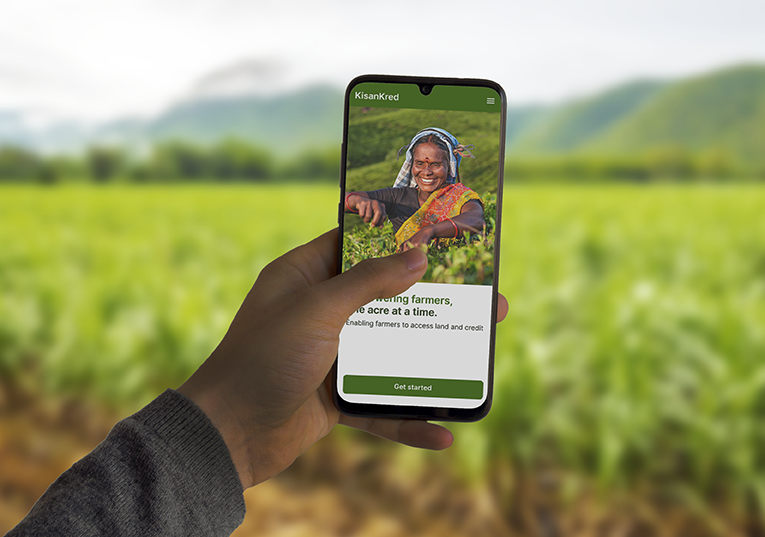Have you ever gone out shopping…only to feel out of place? The good news is, it has nothing to do with you. The bad news is, the new, hidden establishment you just stumbled upon may not have taken you into account. (Of course, if you were looking for a McDonald’s and ended up at a Fine Dining Restaurant…that seems like it has more to do with your geographic skills, than the actual establishment).
Products, services, stores, websites are (usually) carefully curated to meet the expectations and needs of choice clientele while designing customer facing experiences like displays, product ranges, store fronts, website browsing and more. However, if your needs and expectations remain unfulfilled, despite being a key demographic, you have an underwhelming, if not awkward experience that leaves you with a bad taste in your mouth and the question on your mind, “Why didn’t the shop owner/website designer considering me..?”
Now, owners of the store you torched on Google Reviews may argue, “Hey, if a customer chooses to enter my store, it implies they have entered with intent. Why do I need separate descriptions for all of them? Don’t they all essentially want the same thing?” Well, we’re here to tell you that even though all these customers are buying and using the same product, they all have different needs and can be drawn to contrasting experiences.
So what is a User Persona?

A User Persona is a semi-fictional character, whose goals and characteristics represent the requirements of a larger group of users utilising a company’s products or services. They are snapshots of relevant and meaningful commonalities in your customer groups, and are based on research conducted in the Design process. It’s important to note that personas cannot be the face of the entire target audience, nor can they be just one person
Personas cannot be the face of the entire target audience, nor can they be just one person.
The key to creating a successful user persona, is to find that golden middle ground.
Personas are a commonly used tool in User Experience (UX) Design. As UX Researchers, it’s our job to tell Users’ stories by building empathy, understanding their needs, observing their behaviour patterns and day-to-day activities, and honing in on exactly what they expect from the product in a compelling manner.
What’s the value of a User Persona?
Personas are exceptionally useful to Product Development (PD) teams. They help Product teams find the answer to one of their most important questions, “Who are we designing for?”.
One of the most important questions to be answered is “Who are we designing for?”
By understanding the expectations, concerns and motivations of the people who are going to use the products, it’s easier for the PD Team to understand and empathise with the project, influence features and design elements. This in turn helps them define and design more human-friendly, useful and successful digital products and experiences.This ensures the users are always the focus of their efforts and as a bonus, helps grow and improve the business!
Personas make the real users memorable for the Product team.
Our Experience with Personas
We have fond memories of a project where the client talked about their problem statement by describing Rekha, a 52 years old involved in charity work and social events, who is both traditional and modern in her taste and enjoys gifting. She then told us that Priya on the other hand, is a young modern entrepreneur, who often rewards herself for the hard work she does and has a fun, active social life, whereas Rahul is a successful businessman, who spent most of his life living abroad and now loves hosting events to reconnect with friends.
The nonchalant tossing of names into our initial conversation first gave the impression that they were referring to real people. Later, concerned that they were focussing on the behaviour pattern of their favourite customers, we realised that these were the User Personas created by their Research team. Eventually, the constant usage of the personas in meetings and discussions, led us too, internally using their lingo while ideating.
Even today, we fondly identify strangers in stores as Rahul, Priya and Rekha.

Personas also can be effectively leveraged by various teams in an organisation — like Strategy, Sales, Marketing and Customer Service, as it enables decision making at the highest level. In turbulent times like today when reaching the users physically is not an option, User Personas can be quickly referred to, to make strategic decisions. For instance, while planning a new campaign, Marketing would be reminded that a single product can be positioned in different ways, to appeal to the needs of their Users. For example, the needs of a 29 year old Priya would greatly vary from a 52 year old Rekha. Not only is there an age difference, but also cultural, social and utilitarian ones. Rekha may use a conventional tray to serve glasses of water to her guests, but Priya may repurpose that tray as a plate for a party.
The possibilities are endless, and the customer feels like they are being understood.
A solid user persona is your northern star, guiding your design decisions from start to finish.
A deep understanding of the target audience is fundamental to creating useful, desirable, valuable and exceptional products.
What if we told you, you can create a persona by asking your users three basic questions. Surprised?
Next week, we’ll answer the big question — HOW do we create such a Persona?



